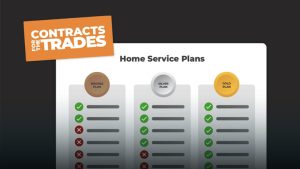
Customer Journeys Are About More Than Just Reviews
What Are Customer Journeys?
More than positive reviews or good communication, customer journeys represent all the interactions a customer has with your company. From booking, to call-out, to payments and more, discover how much easier it is to increase your revenue when you focus on the journey! Take a step back to appreciate why these journeys are important and how they fit together...
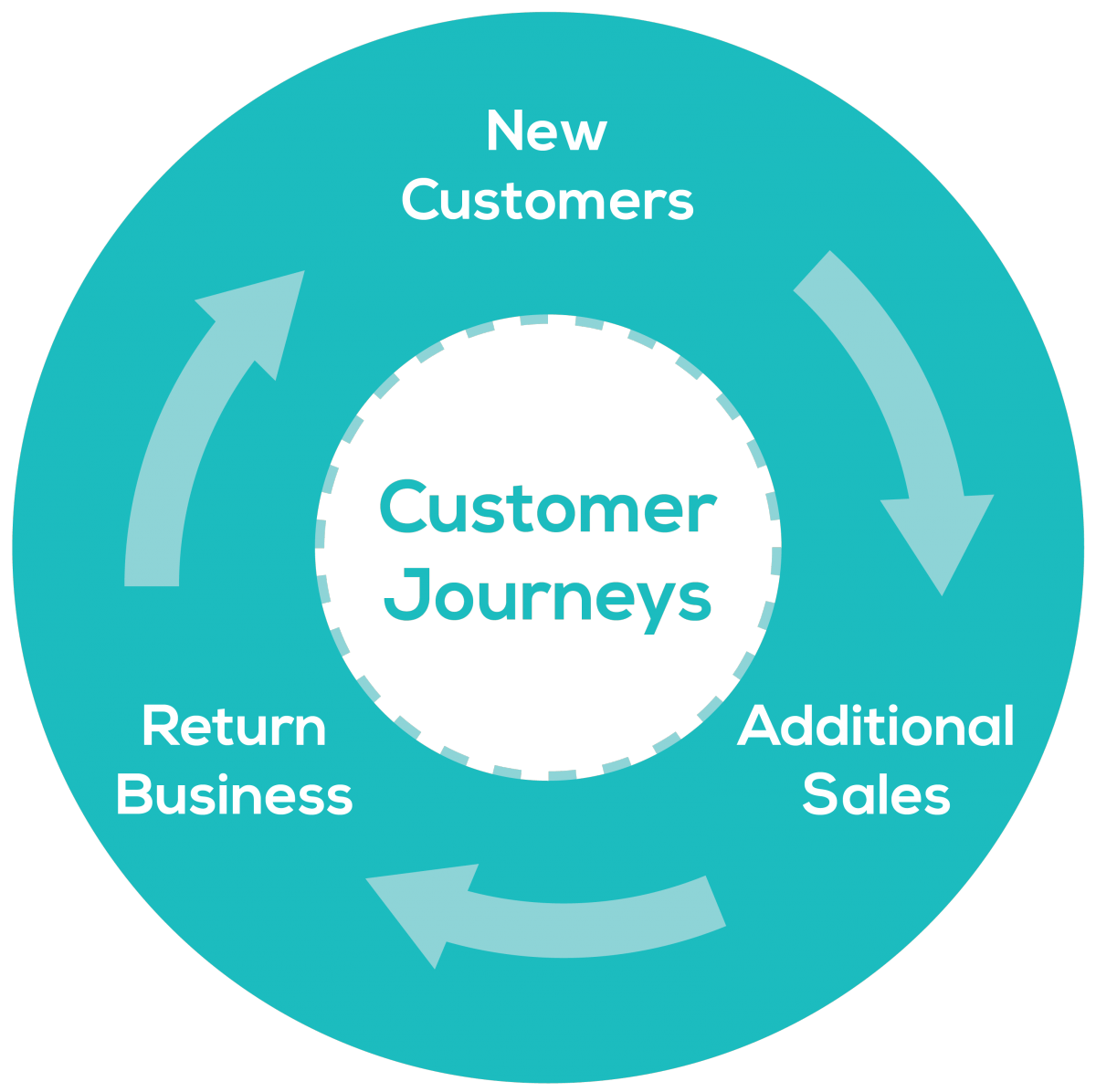
Customer Journeys Are the Key to Growing Your Success
Why are customer journeys important?
Growing a business is all about keeping the momentum going, which means frictionless customer journeys are essential to unlocking your revenue potential. Keep a steady stream of new customers, encourage repeat business, and up-sell your services time and time again. Improving these journeys means securing great benefits for your team, as well...

Automation Can Improve Any Customer Journey
How can customer journeys be optimized?
Customer journeys should flow smoothly from one to the next and they can with automated tools! By empowering customers with self-service features, your admin team can focus on growing the business, while your technicians are supported in offering their best service. When automation is in place, there’s no limit to what you and your customers can achieve!
35%%
improvement in customer feedback
10hrs%
saved managing schedules
20%%
reduction in no-access jobs
Benefits of Frictionless Customer Journeys

- Bookings made simple
A smooth booking process makes it easy for customers to find your business and book their own appointments online at any time of day or night.
- More repeat business
When you get your customer journeys right, satisfied customers will keep coming back, generating both recurring and reliable income for your business.
- Clear communications
Customers appreciate clarity when you'll be visiting their homes, which you can offer with transparent confirmations, reminders, and ‘on the way’ messages.

- Handle complex work
Commercial customer journeys aren’t always simple, but friction can be reduced with service contract management and planned preventive maintenance.
- Stay in the know
In order to keep things streamlined, you’ll need access to detailed property and asset history so you can respond swiftly when the customer needs you to.
- Meet expectations
When customer journeys run smoothly, so does your business, allowing you to meet your service level agreements and customer expectations.
Visualizing the Customer Journey
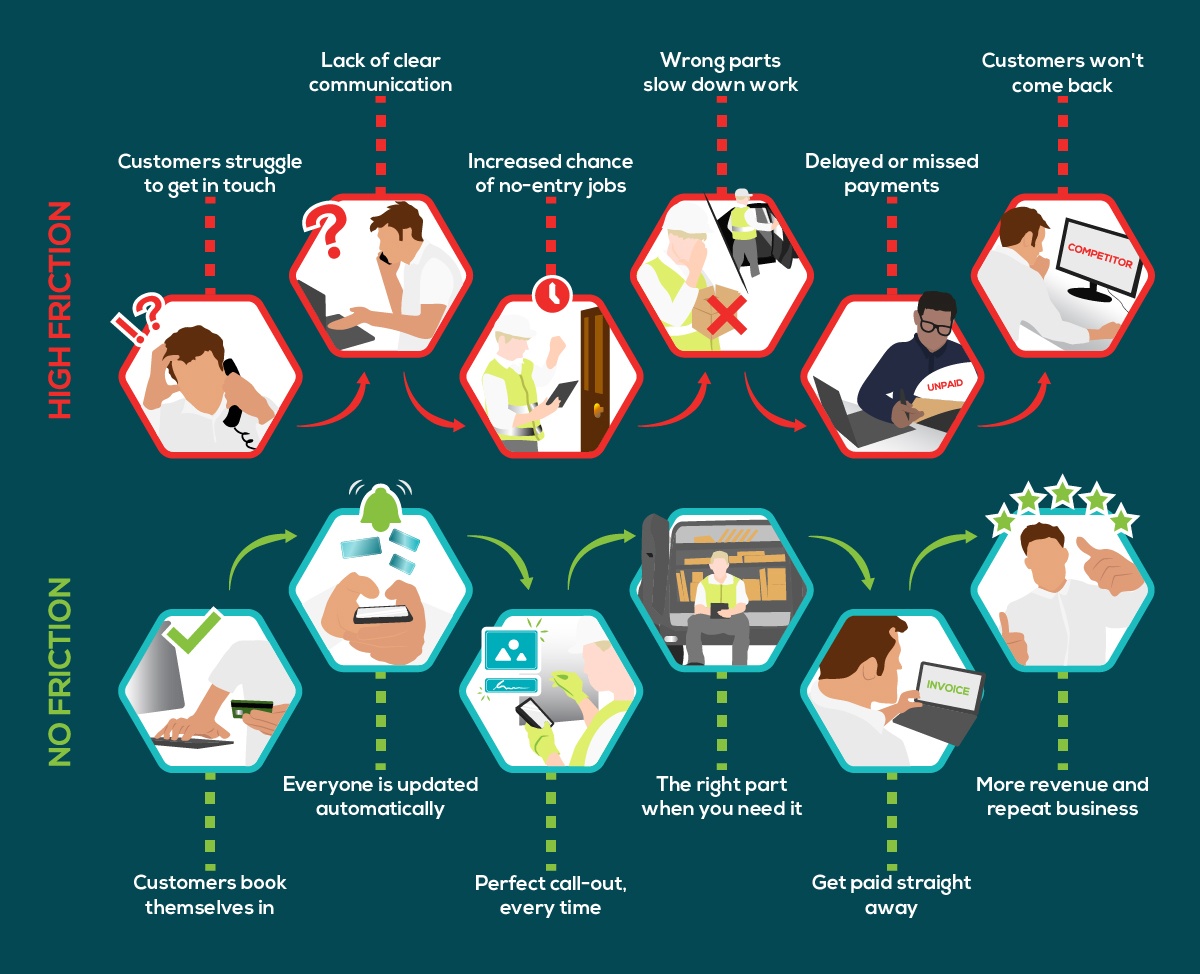
Your Customer Journeys Reimagined
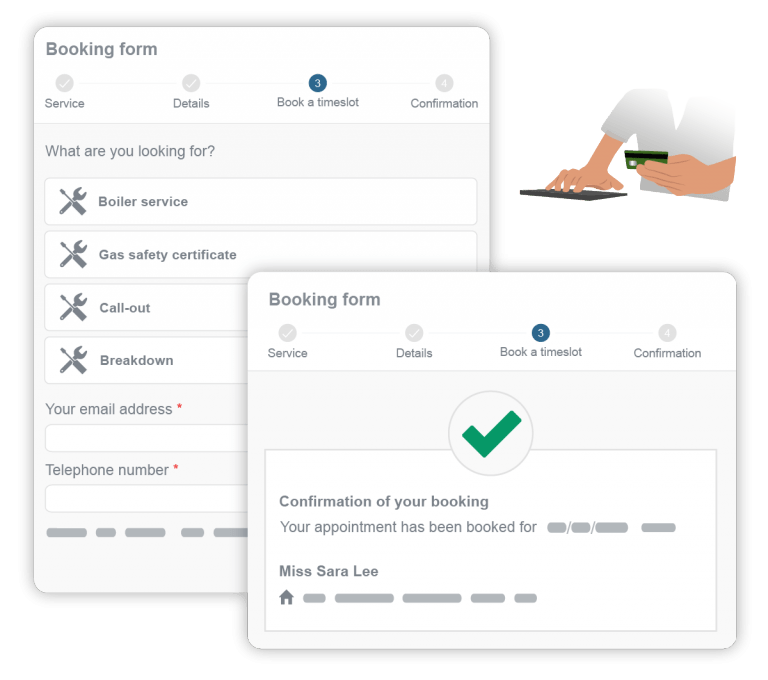
Customers Book Themselves In
Save your staff time and create a convenient way to win more jobs with a customer self-service tool to help you. That’s where online booking and intelligent scheduling empowers customers to solve questions for themselves and saves you the trouble.
- 24/7 lead generation for your website
- Customers select their own appointment time
- Syncs directly to your technician’s schedule
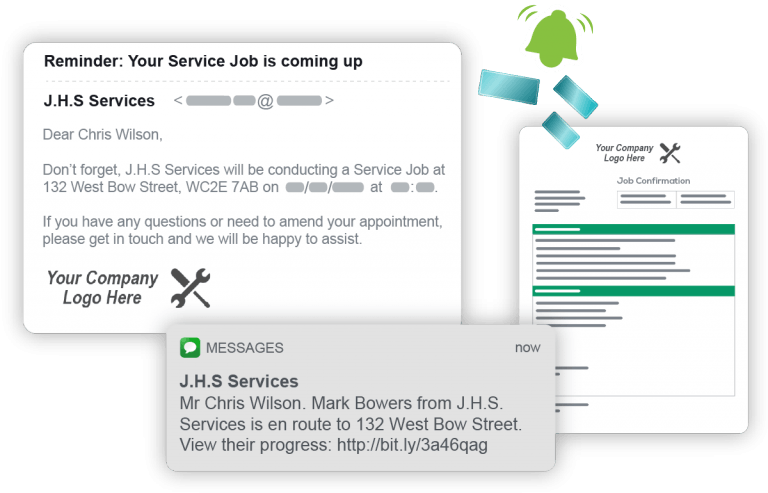
Everyone Is Updated Automatically
As swift as your staff might be, they can’t beat an automated message. Get everyone on the same page with lightning-fast alerts and notifications: whether it’s for booking confirmations, prompting a payment, or even updating a technician’s arrival time.
- Automate emails, text messages, and letters
- Personalize with convenient message templates
- Record and log all communications
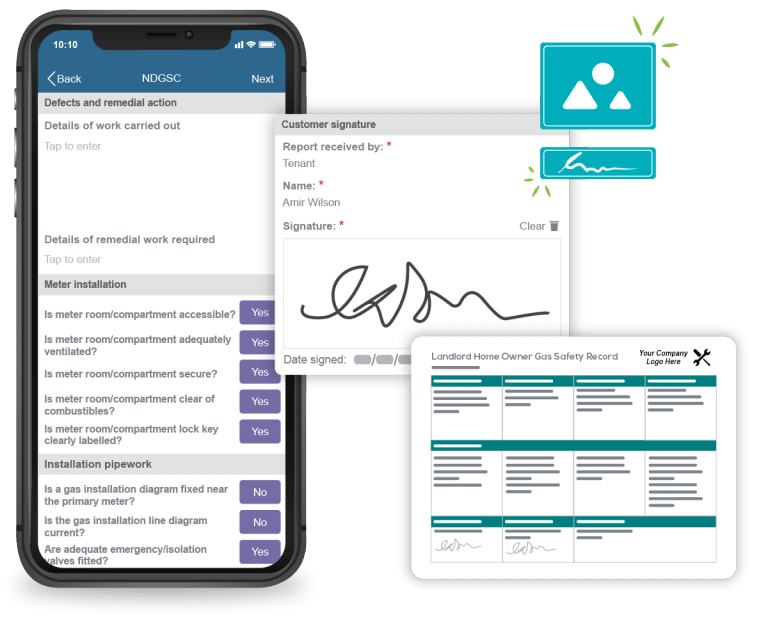
The Perfect Call-Out Every Time
To create the perfect call-out experience, your service needs to be steady, reliable, and consistent; and that means ensuring your job data is organized, accessible, and responsive! Achieve great things and give your customers the experience they deserve, every time.
- An up-to-date customer database provides real-time data
- Technicians have everything they need from the mobile app
- Custom forms, parts, invoices, and more in the palm of your hand
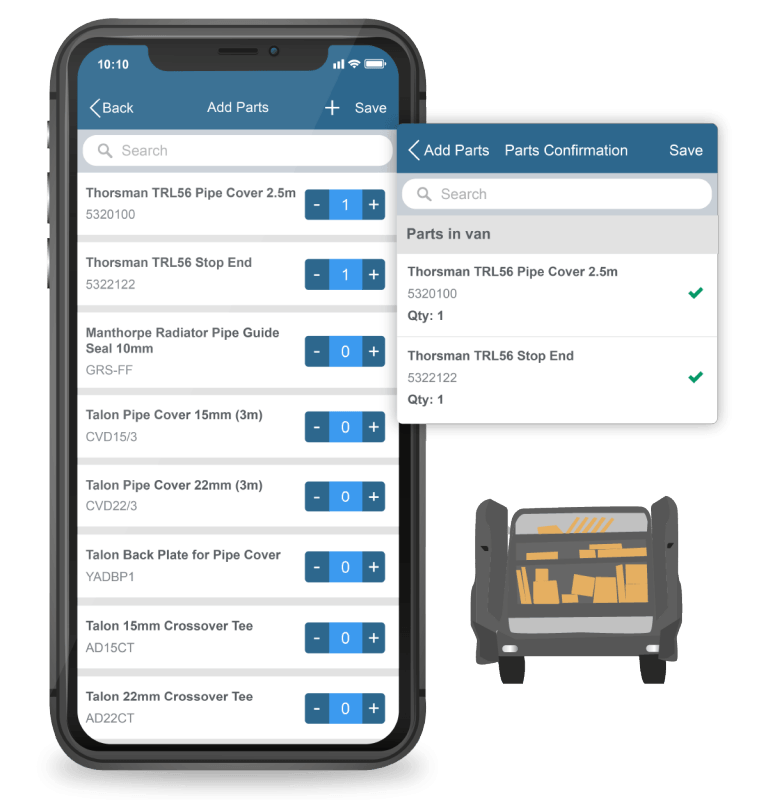
The Right Part When You Need It
Never go to a job missing the right parts again. Software that lets you manage inventory in real-time and see asset history, whether in the field or in the office, gives you clarity over what’s needed, where to get it from, and helps get it to the right people!
- A multi-location inventory control system for your business
- Inventory management app and barcode scanner
- Automatically keep parts in stock when they run low
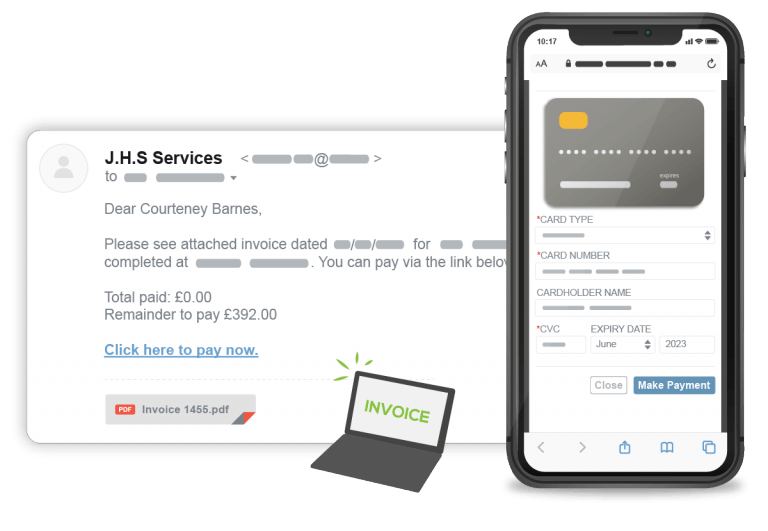
Get Paid Straight Away
Forget debt chasing and late payments. With customizable tools that let you manage invoices with great precision, you can keep the cash flowing through your business and encourage customers to pay accurately and on-time, every time.
- Create invoices from the office or mobile app
- Quickly send professional, branded invoices to customers
- Take convenient card payments online and on site
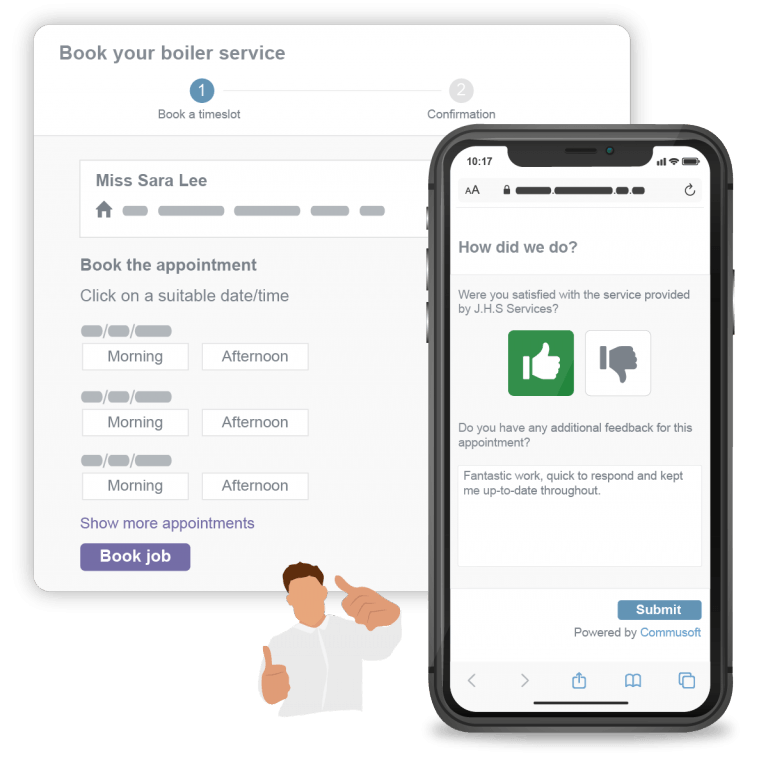
More Revenue and Repeat Business
Gain more repeat customers and bigger paychecks by removing the friction of hiring you again (and again!). Automatic service reminders, booking portal links, and feedback requests all keep the profit wheel moving and generating revenue!
- Automatically remind customers their service is due
- Customers easily book service appointments online
- Listen to customers and collect feedback
More About Customer Journeys

Guide to Crafting Perfect Customer Journeys
We’ve put together a Complete Guide to Crafting the Perfect Customer Journeys! Learning to craft these customer journeys is critical for your business's success.

Customer Journeys 101: Would This Customer Hire You?
Get the low down on customer journeys in this short story of Carl, our imaginary customer. Do you think he would hire your business? Find out!

Automation Set to Increase Ace Energy's Revenue by 14%
Commusoft has streamlined this growing company's workflows, allowed them to improve customer satisfaction, and increased efficiency with dramatic results.




